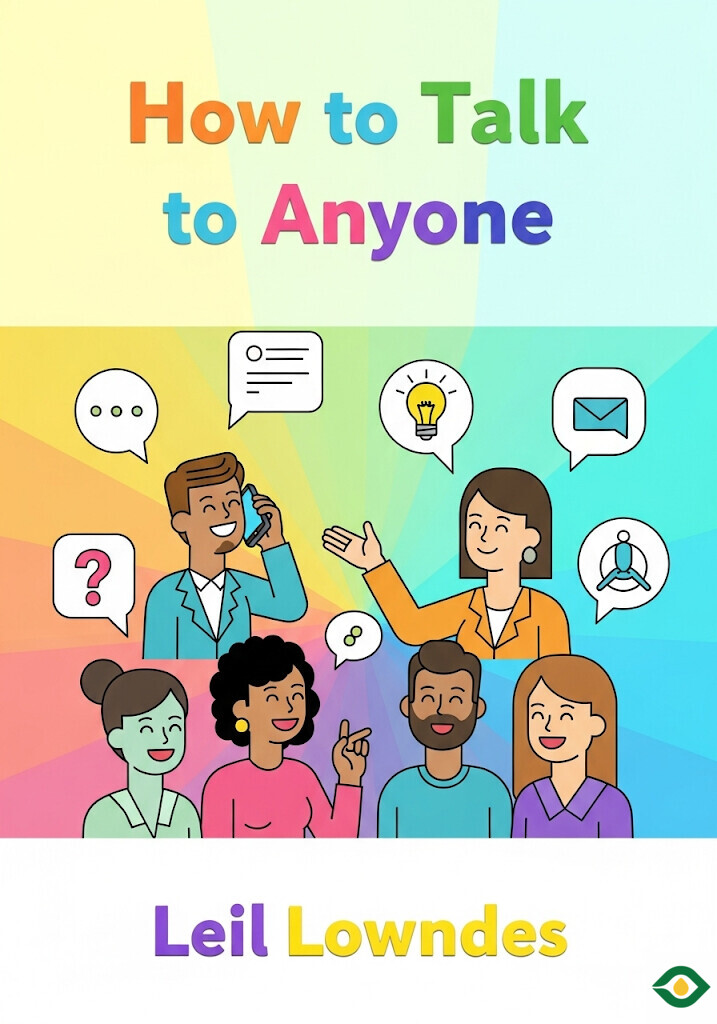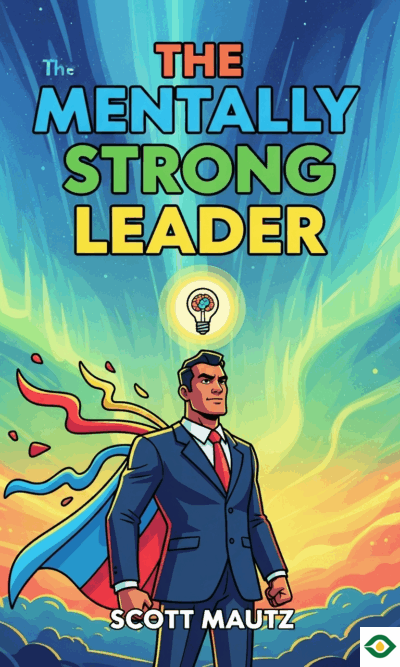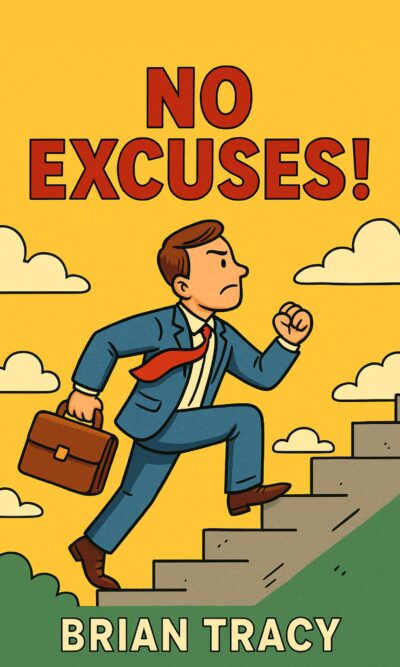Description
Talking to people is something we all do every single day. Yet many of us feel awkward, nervous, or unsure about how to make a good impression. Leil Lowndes’s book How to Talk to Anyone is a practical guide for anyone who wants to improve their social and communication skills. It explains how small changes in body language, tone, and attitude can make a big difference in both personal and professional life.
The first thing the book teaches is the power of first impressions. A smile, eye contact, and open body language are stronger than any clever words. A slow, natural smile makes you appear genuine and friendly. People also notice where your eyes are. Holding steady eye contact builds trust and shows confidence. Even the way you stand matters—turning your body fully toward someone tells them they have your full attention. On the other hand, fidgeting or touching your face too much makes you seem nervous or untrustworthy.
Introductions are the next step. Meeting someone new can feel uncomfortable, but a smooth introduction helps everyone relax. If you are introduced through a friend, you already have a bridge to begin talking. If not, you can create your own opening by asking simple questions, making observations, or carrying a small “icebreaker” item like an unusual accessory that sparks curiosity. Once conversation starts, people usually feel more at ease. It also helps if you, as the host or the one making the connection, share a small fact about each person. This gives everyone something to build on.
Small talk may feel shallow, but it plays an important role. It opens doors to deeper discussions and helps strangers become friends. Instead of answering common questions with one-word replies, you can add a little story or fact to keep things moving. Saying “I’m from Washington, DC” is fine, but saying “I’m from Washington, DC—it was actually designed by the same planner who designed Paris” gives the other person something new to respond to. A good conversationalist also knows how to listen more than talk. People love to feel heard. By repeating part of what someone just said and inviting them to explain more, you keep the spotlight on them, which makes them enjoy speaking with you.
Another important skill is building rapport. People naturally like those who feel similar to them. Mirroring body language, tone, or even word choice makes the other person feel comfortable. For example, if someone says “I work at an ad agency,” repeating the word “agency” instead of “company” shows subtle alignment. Using empathy in your responses helps too. Instead of empty filler words like “uh-huh,” you can say, “That must have been tough” or “I see why you did that.” Over time, using words like “we” and “us” and creating inside jokes strengthens bonds even further.
Praise and compliments are powerful tools, but they must be used carefully. Too much or too obvious praise can feel fake. Subtle compliments often work better. For example, asking someone for advice shows you respect their taste or knowledge. Passing along praise through a third person can be even stronger, because it feels more genuine when heard secondhand. When you do give compliments directly, keep them specific, sincere, and timely. Saying “You did a great job on that presentation” right after it ends has more impact than saying it weeks later.
Being considerate is another theme of the book. Thoughtfulness in conversations—like returning to a friend’s story after an interruption, or ignoring embarrassing slip-ups instead of pointing them out—builds trust. The way you handle favors also matters. Offering help freely without expecting immediate payback makes you seem kind and reliable. If you do ask for help, respect the other person’s time. Relationships work best when gratitude is shown and no one feels taken advantage of.
In the professional world, sounding confident and polished can help your career. Bosses and clients appreciate when you get to the point quickly, focus on their interests, and avoid overused phrases or clichés. Instead of asking someone, “What do you do?” you might ask, “What takes up most of your time?” This feels more natural and allows them to share more about themselves. When discussing your own work, explain the benefit you bring to others rather than just stating your job title. This makes you sound valuable instead of dull.
Separating business from leisure is another smart habit. Even at a business dinner, it’s best to avoid serious discussions until the meal is finished. Social gatherings are good for making connections, but deeper talks should be saved for later appointments. And while honesty is always important, it doesn’t mean hiding your own benefits in a deal. Being upfront about how both sides will gain actually builds more trust than pretending you want nothing in return. Mistakes, too, can be turned into opportunities. Owning up to them quickly and making up for them generously often leaves people more impressed with you than if nothing had gone wrong.
Preparation is a secret weapon. Learning a new word every day, memorizing a few good quotes, or researching the people you will meet can make you appear smarter, more thoughtful, and more confident. Before a big meeting, knowing industry trends or cultural details about the other person’s background helps avoid mistakes and shows respect. Even simple gestures, like knowing not to use a certain hand signal in another country, can prevent embarrassment and save important deals.
In today’s world, phone conversations are still important. Without visual cues, your voice becomes everything. Answering the phone warmly, greeting people as if they are old friends, and using verbal signals like “I see” or “That’s great” helps the caller feel heard. Using someone’s name a few times keeps their attention, but don’t overdo it. If you ever face gatekeepers like assistants, small tricks in wording can make you sound familiar and improve your chances of speaking to the person you need.
Finally, the book shares advice on social events like parties. A dramatic but friendly entrance sets the tone. Pausing at the door, scanning the room, then stepping in with a smile makes you seem confident and approachable. Once inside, go directly to someone interesting instead of waiting alone. Keeping your body language open, remembering details from earlier conversations, and listening carefully will make people remember you as someone they want to know.
In the end, the main lesson is simple: communication is a skill, not a gift. By paying attention to small details—your smile, your words, your timing, your tone—you can make people feel good, respected, and understood. That is the true secret to connecting with anyone. With practice, these skills become natural. They not only help you avoid awkward situations, but also open doors to friendships, stronger relationships, and career success.





